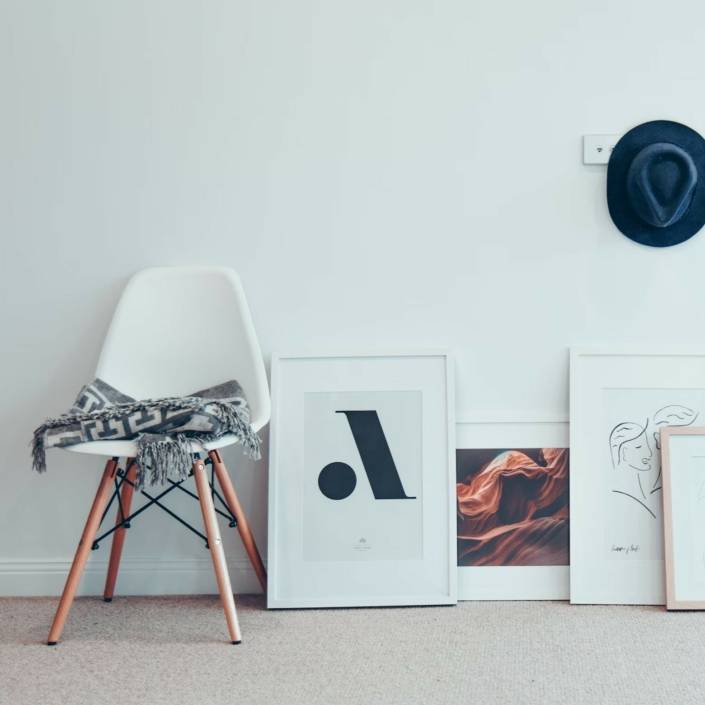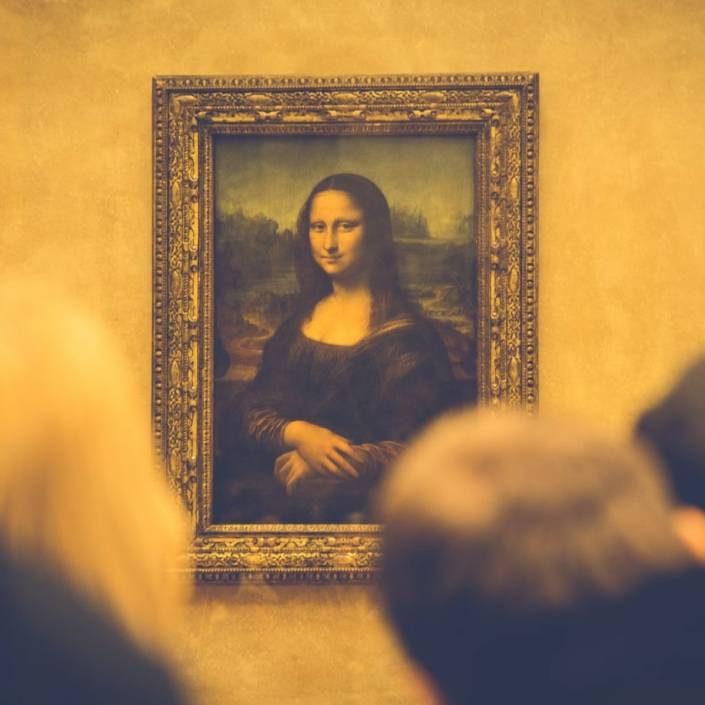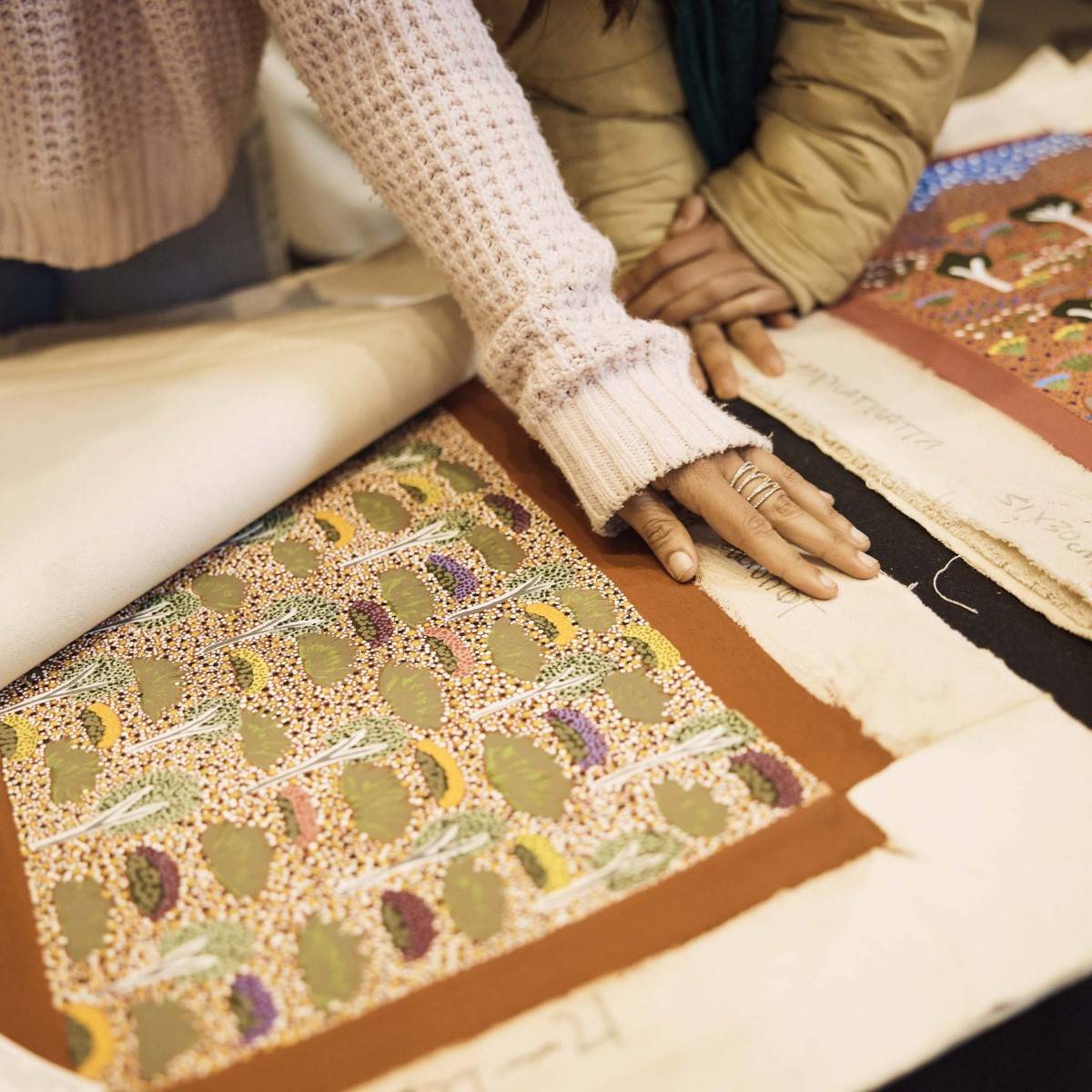Cultural Capital: Is connoisseurship dead?
Who has the courage to be a connoisseur these days, what with legal threats over authenticity assessments that in themselves can cost millions to defend? And if the role of the connoisseur is indeed finished, who will be the ultimate determiner of the value and importance of art works? And does that even matter anymore?
Words: Ingrid Periz
A little while ago The Art Newspaper worried that connoisseurship might be in terminal decline. The role of disinterested expert knowledge in the art ecosystem, it suggested, has been usurped by market-driven narratives produced by dealers and auctioneers. At stake here is not only the question of attribution – who made this work – but the trickier one of value, both monetary and aesthetic.
The great art historian Erwin Panofsky once quipped that a connoisseur might be defined as a laconic art historian, one whose judgements could be made succinctly. Since the early 20th century when the modern art market as we know it first developed, the connoisseur’s expert knowledge has been particularly focused on establishing attribution and authenticity in works of art. It has never stood apart from the market, but rather served the interests of buyers and sellers alike, as exemplified in the career of the Harvard-trained art historian Bernard Berenson who helped museum founder Isabella Stewart Gardner source her collection. From 1907 and for almost 30 years after, Berenson worked for the international art dealer Joseph Duveen. An authority on Italian Renaissance painting – a market he helped create – Berenson took a percentage from any of Duveen’s sales resulting from his attributions, an arrangement that would not be countenanced today.
Attribution is no less pressing an issue now than when Berenson was pronouncing on Italian Old Masters for Gilded Age industrialists or determining the authenticity of a Gainsborough for English landed gentry anxious to raise cash. Fakes continue to find their way to the market and increasingly sophisticated forensic analysis is better at disproving attribution than confirming it. A connoisseur’s skills are still required but even experts can disagree and the legal environment in which their assessments are made is more fractious than in Berenson’s time.
The downfall of New York’s M. Knoedler & Co. in 2011 is a case in point. Founded in 1846 – it once competed for Duveen’s plutocrat customers wanting Old Masters – the gallery was undone by a group of fake Abstract Expressionist works it sold over 15 years. These works were completely unknown to scholars, and their purported owner and his intermediary who offered them to the gallery were similarly mysterious. The works lacked any documentation to support their claims of attribution; a work supposedly by Jackson Pollock wasn’t listed in the painter’s four-volume catalogue raisonné.
The resulting court proceedings, initiated by collectors who’d purchased a dubious Rothko, showed how Knoedler’s director had fabricated provenance to bolster her claims about the paintings. She’d also shown prospective buyers an approving letter from a team of gallery-appointed experts who had viewed the works, without disclosing that one of them had been put on a retainer by the gallery to research the works’ provenance. (This expert wrote that he was convinced of the paintings’ quality and authenticity.) At trial other team members argued that an inhouse letter of support was not the same as an authentication, they couldn’t agree on which works they’d been shown, and Christopher Rothko, the artist’s son, stated that he did not authenticate his father’s work because he did not want to end up in court. The case was settled out of court five years after the gallery closed.
Connoisseurship is now threatened by the possibility of litigation and its costs. When experts at the Andy Warhol Foundation questioned a Warhol self-portrait more than a decade ago, its owner initiated proceedings that cost the Foundation $7 million. In 2011 the Foundation closed the Andy Warhol Art Authentication Board. Other artist estates have similarly stopped providing authentication, including the Pollock-Krasner Foundation, the Roy Lichtenstein Foundation, the Keith Haring Foundation, and the Estate of Jean-Michel Basquiat. Museums discourage staff from offering expert opinions rather than risk a lawsuit. New Yorker writer Rachel Cohen noted the irony here: “Prices could not have risen so high… without confident, credible attribution. Now these astronomical sums are driving away the specialists who made them possible in the first place.”
What can collectors take from this? While experts have been known to disagree, attribution can be provided from auction house employees whose specialised knowledge comes with the backing of their employers’ legal counsel. (Given the constant risk of litigation auction houses have no interest in knowingly selling fakes). And while appraisers can give informed assessments of any work’s monetary value, the market is the ultimate arbiter here.
The question of aesthetic value is another matter and connoisseurship has always concerned itself with more than appraisal and price. If the skills of connoisseurship disappeared, there would be, in the words of veteran curator and former Deputy Director of the National Gallery of Australia, Canberra, John McPhee, “no knowledge of good, better, and best, not to mention not good enough!”. A connoisseur’s judgement about a work always entails ranking it within the oeuvre of the artist who made it, within its art historical category – post-war European abstraction, for instance – and within what used to be called the Pantheon of art itself. Today a cynic might be excused for thinking only ranking by price counts.
The connoisseur’s gradations of quality depend on a long and detailed acquaintance with an individual artist’s work, an acquaintance that needs time. Berenson spent more than five decades of what looked like leisure honing a skill he called his sixth sense, and if connoisseurship is endangered today, blame the press of 21st century life as much as the threat of lawsuits. Without it however, museum goers, casual gallery visitors, and collectors all risk encountering art that’s not good enough.
Photo courtesy: Eric Terrade, Unsplash.
This article was originally published in Art Collector issue 107, January to March 2024.









